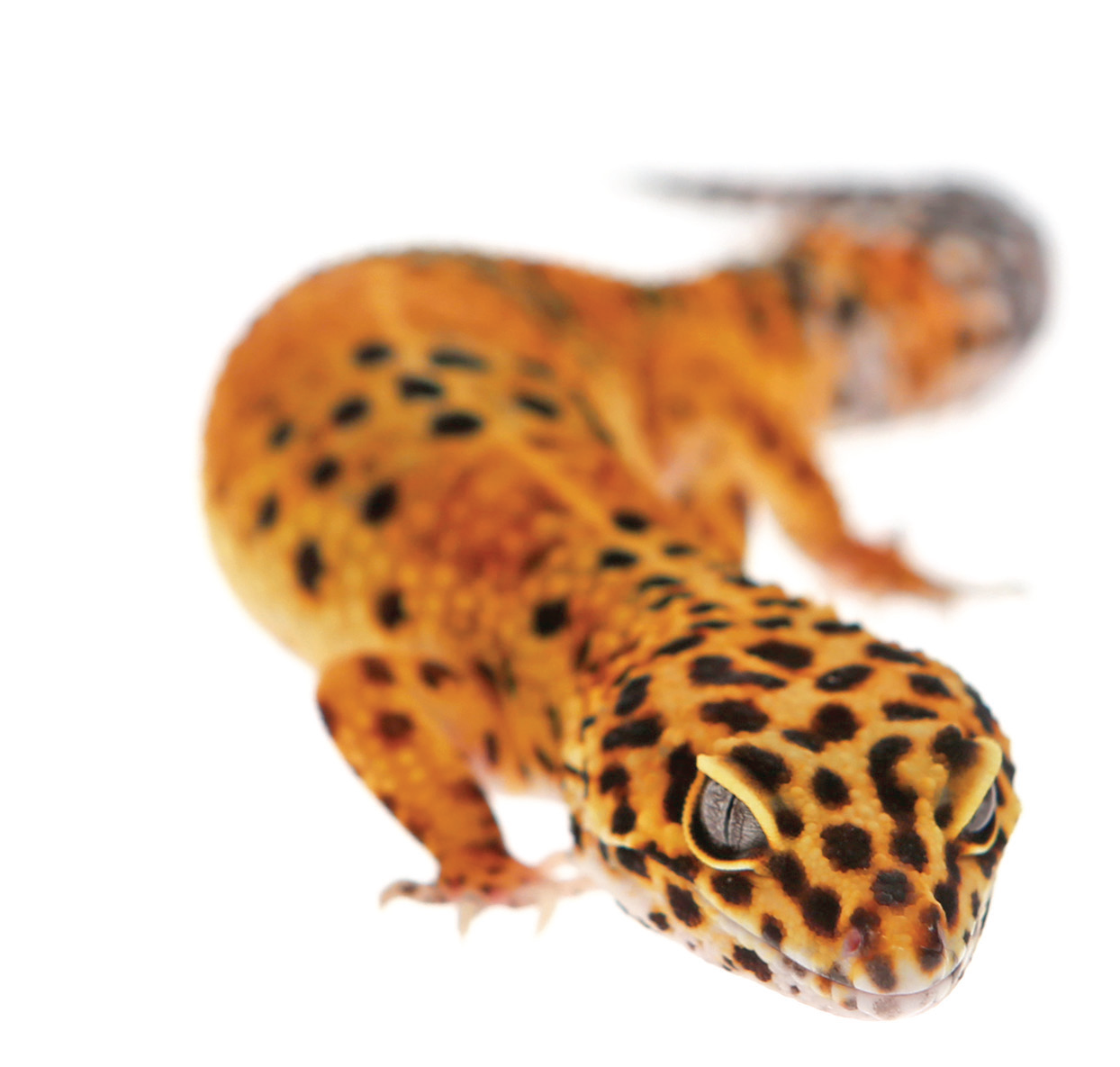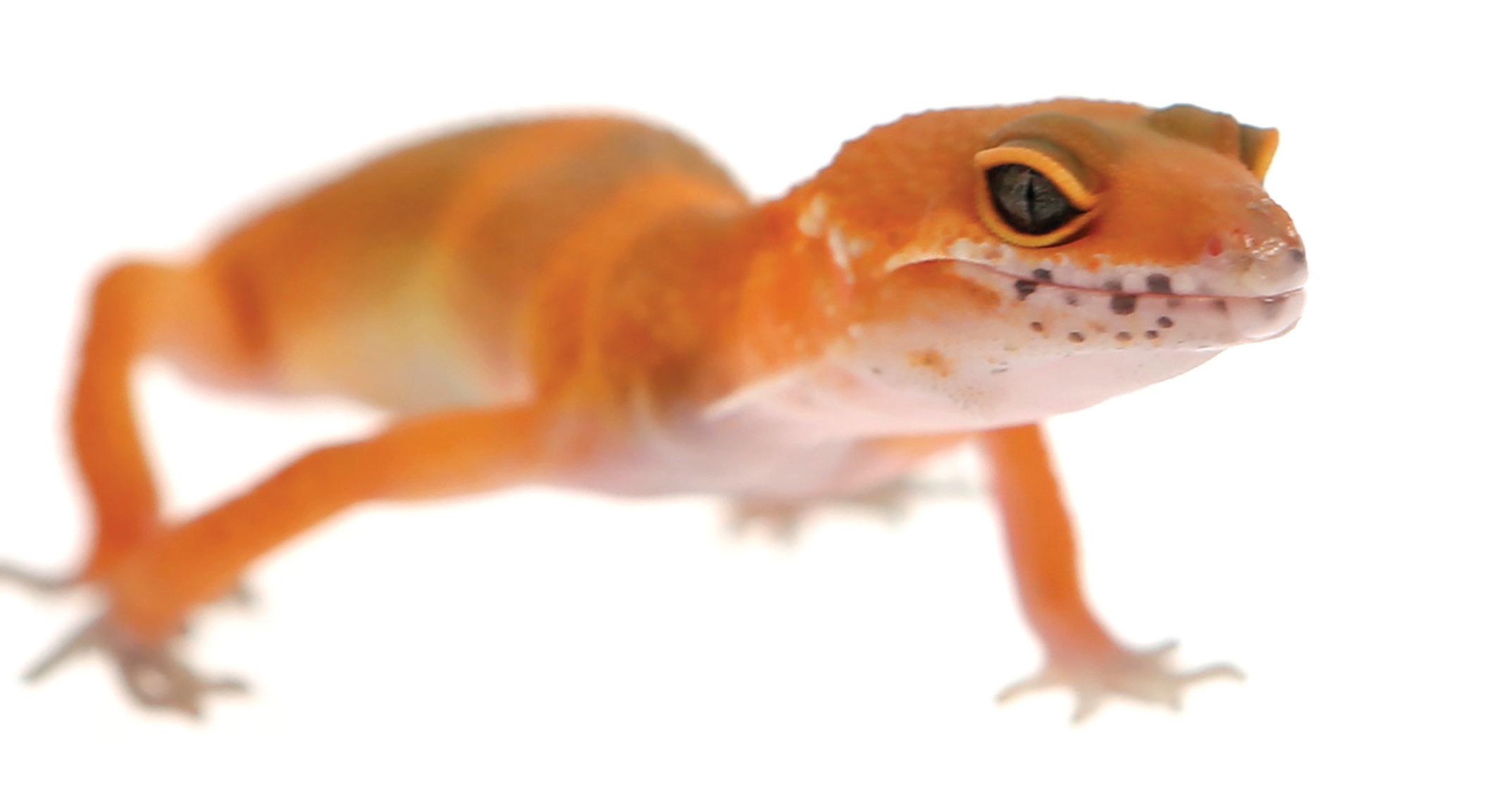Blood mutations of the leopard gecko
All geckos are lizards. But not all lizards are geckos. This was the answer to the first question that came up as we scuttled through the wonderful, colorful world of the gecko.
Geckos are known for the way they vocalize. The term “gecko” stems from the Indonesian-Malay word ‘gekoq’, which imitates the sound this lizard makes.
A few other physical features that distinguish geckos from other lizards are their shorter and broader heads, along with their stubbier tails. The leopard gecko uses its thick tail as a fat reservoir that sustains it in between meals. These reptiles grow up to 8-10 inches long and weigh anywhere between 45-85 grams.
“CAN A LEOPARD CHANGE ITS SPOTS?”

So goes the age-old idiom referring to the notion that people cannot change who they are, no matter how hard they should try.
Animal markings and colorings have ensured the survival of their species throughout millennia. Spiders, owls, seahorses, frogs, tigers, and yes, leopards, all have used their beautiful, unique, and natural coloring to camouflage them in the wild to help them avoid predators and to aid them when hunting. So it is, too, with other reptiles such as geckos.
Of the more than a thousand different species of geckos, one that particularly stands out is the ground dwelling leopard gecko (Eublepharis macularius). While most geckos lack them, leopard geckos have functional eyelids that they adapted to survive the dry and sandy native environments of Pakistan, Afghanistan, Iran, and India.
The leopard gecko has been a captive breed for more than 30 years. Its variety of stunning colors has made it both a popular household pet and the obsession of breeders, both professionals and hobbyists.
The colorful diversity of the breed has attracted not a few enthusiasts into the passion of pure breeding and crossbreeding the reptile. This science of combining lines and developing morphs has produced some of the most stunning Leos ever seen.
One of most intriguing of these is the Blood mutation leopard gecko. The Blood line is a line-bred Tangerine named by JMG Reptiles. According to gecko enthusiast AJ Saguyod, “It is characterized by its body colorations that are deep oranges and shades of red.”
Blood leopard geckos came into the country around the year 2000. “Many breeders have focused on this line because of its appeal, and its value is more expensive than normal geckos,” he explains.
GECKO GENETICS

When asked about how one goes about breeding these exotic geckos, AJ stresses the importance of knowing the background of the reptile. “Genetics are very important when choosing or breeding leopard geckos. One has to be very careful because you might end up mixing different kinds of albinos that will affect the gene pool.”
To make things more complex, one has to be sure about the purity of the bloodline. “When you hear the term “Blood cross,” it’s not pure Blood from JMG reptiles anymore. It’s probably been crossbred to other lines or non-Blood geckos,” AJ warns.
The exciting part of the breeding process seems to be the uncertainty of the offspring. “After many decades of breeding normal Hypos (hypomelanistic or with less defined dark/black coloring) into a deep red/orange coloration, not all that you will produce will come out red or yellow. It’s all about choosing the right pairing to achieve your desired coloration of the offspring.”
While all Leopard Geckos have their unique beauty, AJ says his favorite is the Blood mutation. “I breed them because it fulfills me as a leopard gecko keeper. Their color is a living art. Very deep orange/red as compared to other Tangerines.” His favorite specimen is a Blood Super Hypo Tangerine Carrot Tail Baldy with intense orange coloration.
That said, how does one ensure that the Blood Leopard Gecko you get is pure? Aside from getting it from JMG Reptiles, “…you have to check if the breeder is legit. It’s all about trust from the seller and buyer.”
And just to be sure, “the leopard gecko is not to be confused with the Tokay gecko (Gekko gecko),” AJ laughs. The latter is the tree and sometimes ceiling dwelling gecko we call ‘Tuko’.
For anyone interested in getting into these Jurassic lovelies, he suggests one should learn everything one can about these animals for the benefit of both the keeper and the pet. The ease of raising them has made these geckos popular as a “beginner” reptile pet. Breeding leopard geckos can be a “…rollercoaster ride but eventually, you will learn from them and be thrilled, especially when you get your desired morphs. It can be very addicting.” Consider yourself warned.
Now then, to answer that age-old idiom about spots and change, yes, a leopard can—if it is a Leopard Gecko. And every morph and mutation is simply gorgeous.
Photos by Jeffrey C. Lim
This appeared in Animal Scene’s March 2017 issue.






